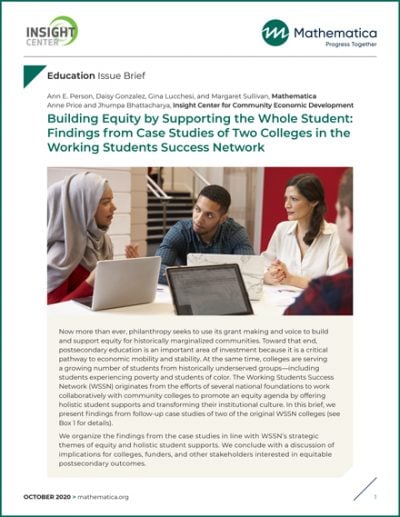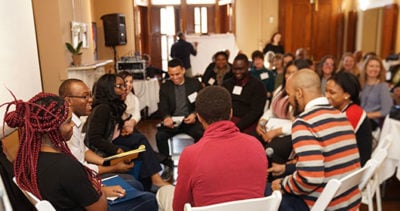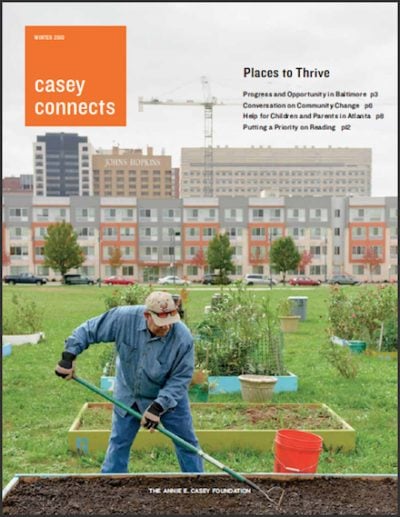Blog Post

How Colleges Can Promote Equity to Support Low-Income Students
An advanced degree helps low-income working students gain financial stability. A new report explores how colleges can support their success.
The Center for Working Families helps low-income families access key services in one place to achieve financial stability and long-term success. Read more.

An advanced degree helps low-income working students gain financial stability. A new report explores how colleges can support their success.
Report

This report highlights two community colleges helping underserved students succeed through a 19-college, four-state network of integrated support services.
Report

This report discusses the impact of Casey’s Center for Working Families framework, an integrated service delivery approach that helps low-income families.

A report explores Casey’s Center for Working Families framework, which helps low-income families gain financial security through jobs and education.

Young parents face daily hurdles — from finding child care to pursuing education and jobs — according to a study funded by the Casey Foundation.

Atlanta’s Dunbar Learning Complex helps kids prepare for kindergarten while supporting parents’ jobs and stability. New data shows it’s working.

Enrollment is open for Atlanta’s free, four-week Construction Ready program to help low-income residents gain skills for construction jobs.

In this economy, financial stability often requires all parents to work. Thus, child care must be affordable so parents can earn family-supporting wages.

An Aug. 9 Foundation webinar will highlight a new tool that helps nonprofits and schools better engage parents in their work and develop parent leaders.
Newsletter

This issue highlights efforts in Baltimore and Atlanta to break poverty cycles and boost third-grade reading through two-generation community strategies.
We hope you'll find value in this report. We’d love to get a little information from you, which we'll use to notify you about relevant new resources.